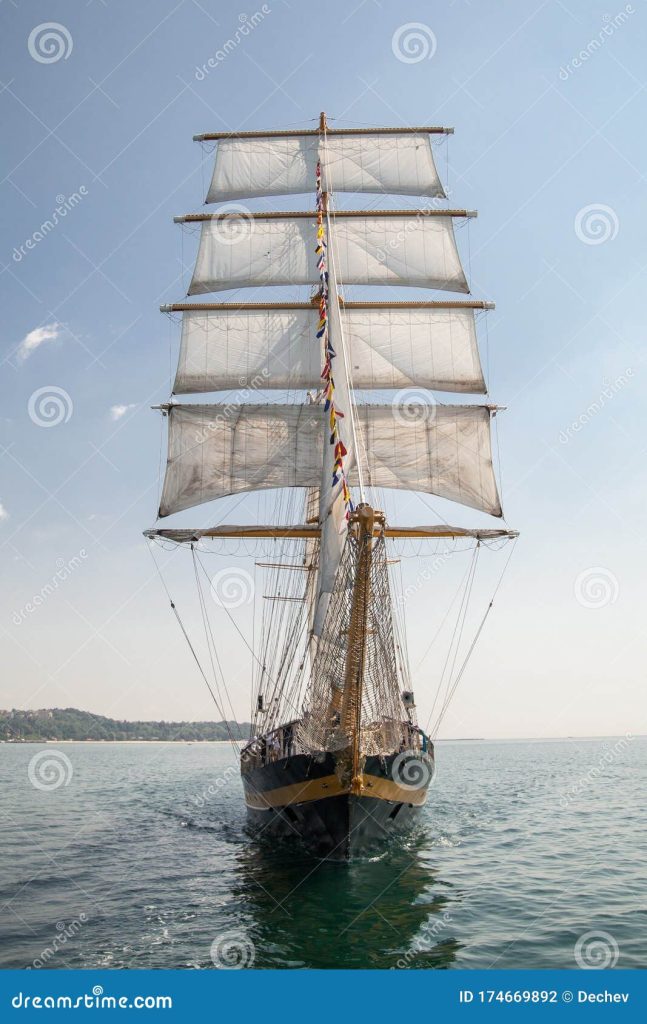Historical sailing ships, with their majestic sails billowing in the wind, have captivated the imaginations of people for centuries. These incredible vessels played a significant role in shaping world history and exploration, and their legacy lives on in maritime museums and tall ship festivals around the globe.
Evolution of Historical Sailing Ships
Key Points:
- The first known historical sailing ships date back to ancient Egypt and Mesopotamia.
- Throughout history, various civilizations perfected shipbuilding techniques to create faster and more seaworthy vessels.
- During the Age of Exploration, historical sailing ships like the caravel and galleon enabled European explorers to discover new lands and establish trade routes.
Famous Historical Sailing Ships
Key Points:
Read more about tall ship replicas here.
- The Mayflower: This iconic ship transported the Pilgrims to the New World in 1620.
- The USS Constitution: Known as “Old Ironsides,” this warship played a crucial role in the War of 1812.
- The Cutty Sark: A legendary clipper ship that set numerous speed records during the 19th century.
Preserving Historical Sailing Ships
Many historical sailing ships have been meticulously restored and preserved for future generations to enjoy. Organizations like the National Historic Ships Committee work tirelessly to maintain these vessels and keep their seafaring traditions alive.
FAQs
Why are historical sailing ships important?
Historical sailing ships played a vital role in exploration, trade, and naval warfare throughout history, shaping the course of civilizations.
Where can I see historical sailing ships?
You can visit maritime museums, attend tall ship festivals, or embark on a sailing voyage aboard a replica historical ship to experience these majestic vessels up close.
As we admire the grace and beauty of historical sailing ships, we honor the seafaring pioneers who braved the unknown to chart new horizons and expand the boundaries of our world.





